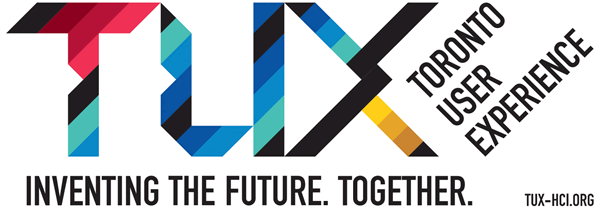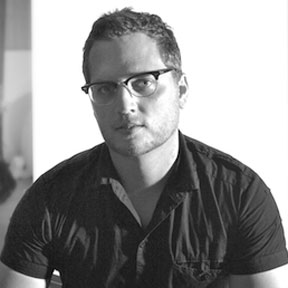Tux Member Presentation
Speaker
David Holman: In a world where objects of any shape can be interactive, how do we design effectively?
2015-11-10 12:30 at U of T
Abstract
Organic User Interfaces blend industrial design with interactive experiences, and demonstrate how user interfaces are no longer limited to flat displays. This transformation makes it necessary for designers to move beyond planar interfaces and to contextualize interaction in an object’s physical shape. Designers of multi-shaped and deformable devices face a complex interplay of variables. Materials, shapes, sensors, actuators, and user experience are all entangled. In this context, design explorations can easily become time consuming, tedious, and cost prohibitive. In this talk, I will discuss the need for new interactive materials in early design, akin to an industrial designer’s mockups with clay, foam core, and ceramics—materials that are critical for sketching and exploration, but not for application in a final product.
I will also discuss a new approach with the potential to help designers simulate and evaluate designs before construction. The level of complexity encountered when designing an organic user interface is not unique. It exists in other design fields, such as automotive, architectural, and aerospace, and is often managed by using advanced simulation software. In other words, “interaction” could be represented as a new abstraction in multi-physics and simulation software, enabling a device’s design to be critiqued long before any fabrication or prototyping is executed. This approach of simulating interaction via computer-aided interaction design (CAID) is in development, and early examples of its problem space will be presented.
Bio
Dr. David Holman designs and prototypes next generation product concepts at Intel Corporation. His early research in digital-paper interaction led to the development of Organic User Interfaces, a new paradigm in Human-Computer Interaction, and the world’s first interactive paper-like computer. He has worked extensively with flexible display technology and categorized the emergence of a new type of interface, one that has three-dimensional interactive shape. He holds a PhD in Computing from Queen’s University and was a member of the Human Media Lab, one of Canada’s premier multidisciplinary media laboratories.

